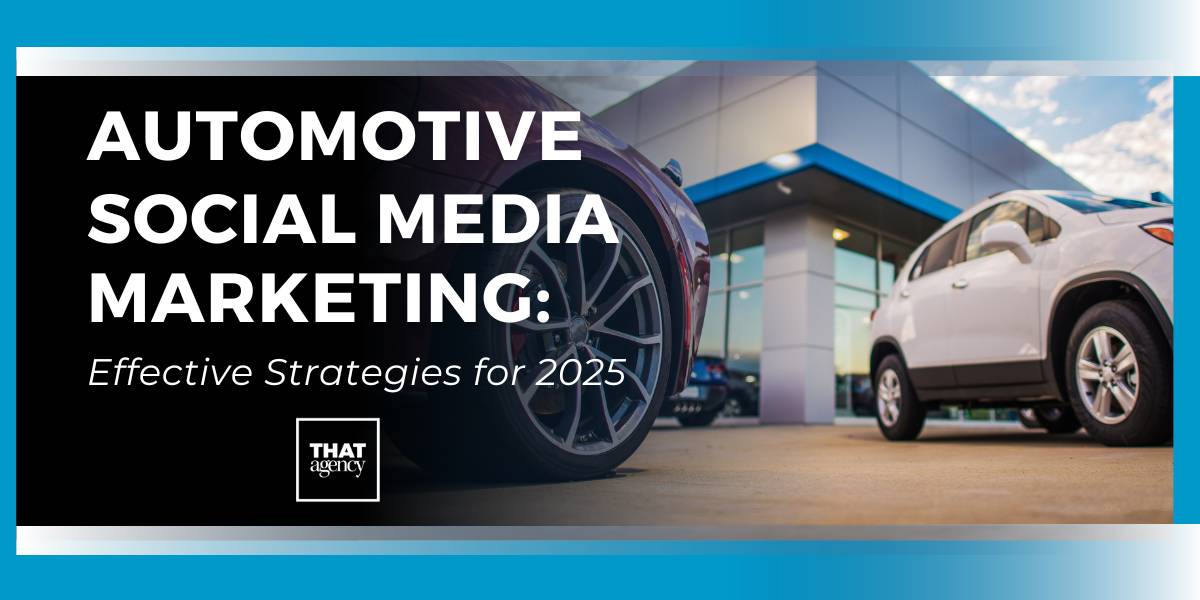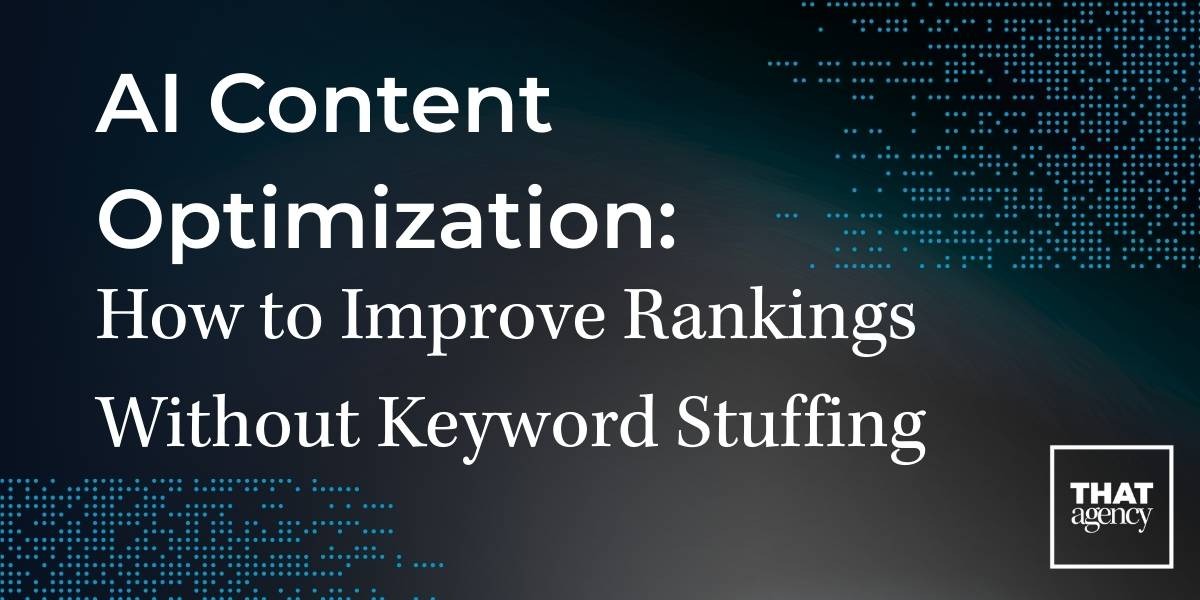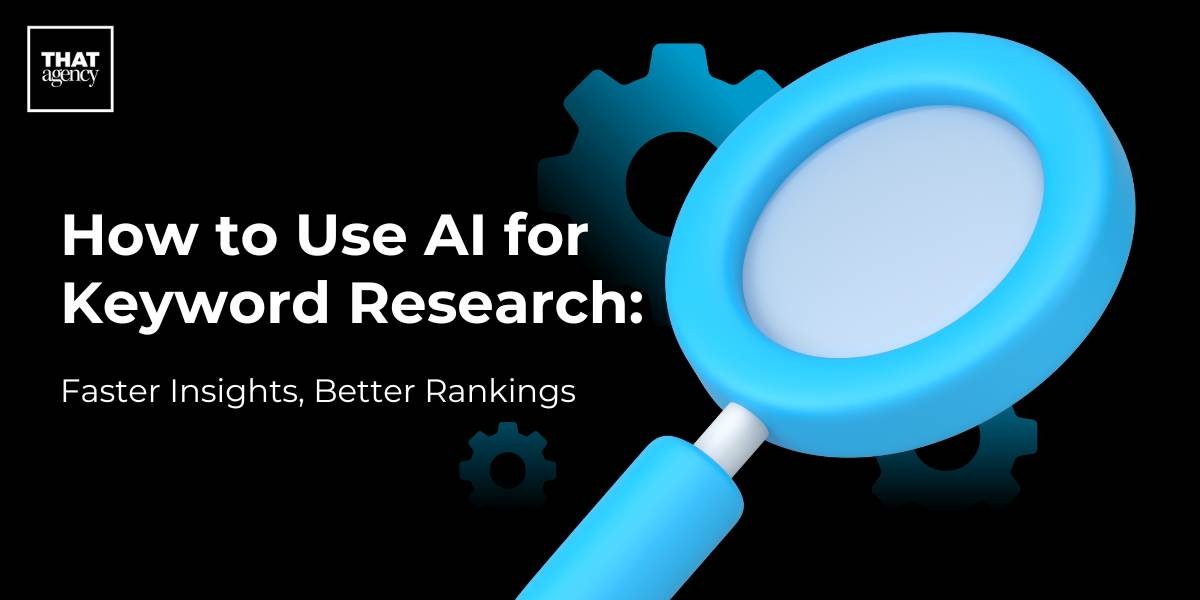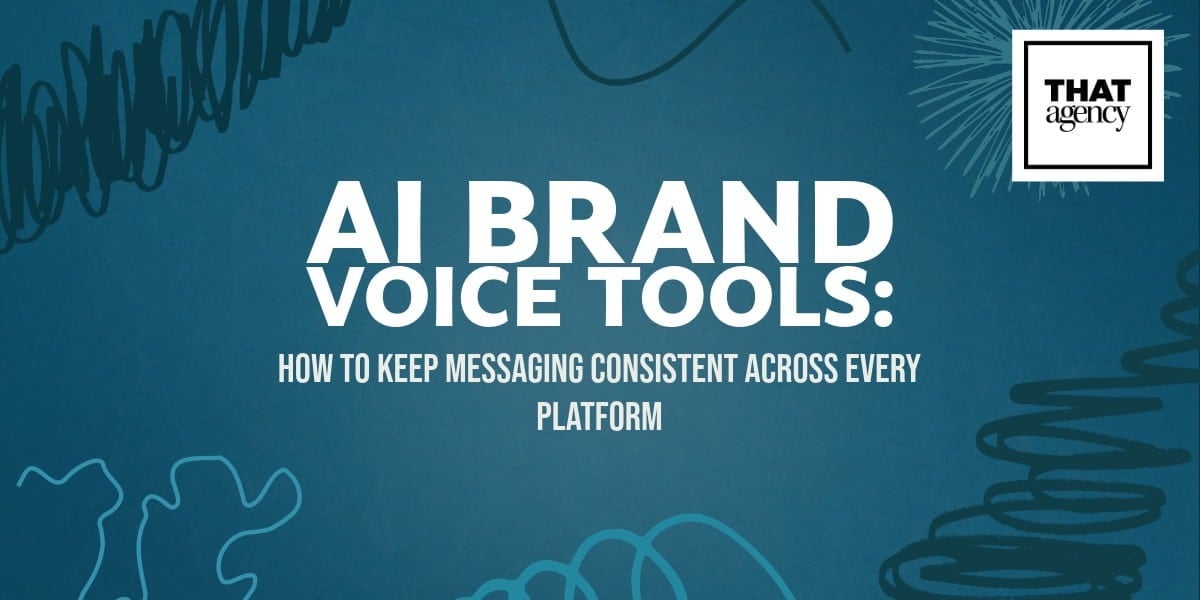Social media is a big part of how businesses reach customers today, and the automotive industry is no exception. In 2025, automotive social media marketing will continue to be an important tool for car dealerships and manufacturers to connect with customers, build brand loyalty, and increase sales. Whether you’re a marketing director at a dealership or the CEO of a car company, using social media effectively is key to staying competitive.

Why Automotive Social Media Marketing Matters
With billions of people using platforms like Facebook, Instagram, and TikTok, there are huge opportunities to reach your audience. For the automotive industry, social media offers the perfect space to show off new models, share customer stories, and create a loyal following.
Benefits of automotive social media marketing:
- Boosts Brand Awareness – Social media helps get your brand in front of more people across different platforms.
- Increases Customer Interaction – Platforms like Instagram and TikTok let you engage with customers in real-time.
- Generates Leads and Sales – You can turn your social media followers into customers through smart posts and ads.
- Cost-Effective – Social media marketing is often cheaper than traditional advertising while still reaching a large audience.
Automotive Social Media: Trends for 2025
As we move into 2025, automotive social media marketing will continue to evolve, offering new ways for brands to connect with customers and stand out from the competition. The following trends will be essential for anyone looking to stay ahead in the automotive industry:
1. Personalized Ads
Personalization is key in 2025. Consumers expect content that speaks directly to them, and automotive brands will need to create ads that feel personalized to each viewer. This means using data from browsing history, previous interactions, and even social media behavior to tailor content.
What are personalized ads?
Personalized ads are digital advertisements that are customized based on user data. For example, if someone has been searching for luxury SUVs, they might see ads from your dealership showcasing those specific models.
Why are personalized ads important?
- Relevance: They make your ads more relevant to potential buyers.
- Increased Engagement: Customers are more likely to engage with ads that reflect their interests.
- Better Conversion Rates: Personalized ads often lead to higher sales because they target specific needs.
How do automotive brands create personalized ads?
- Use customer data: Social media platforms track user activity, such as what types of posts they like or products they search for. Brands can use this information to craft ads that reflect the user's preferences.
- Target demographics: Ads can be designed to reach specific groups based on age, location, and previous interactions with your brand.
2. Short-Form Video Content
Short videos have become one of the most engaging forms of content, and this trend will continue to dominate in 2025. Platforms like TikTok, Instagram Reels, and YouTube Shorts are perfect for automotive brands to showcase new models, behind-the-scenes footage, or customer testimonials.
Why is short-form video popular?
- Quick and Digestible: Viewers love short videos because they deliver information fast. This is important in a world where attention spans are shrinking.
- Visually Engaging: Videos allow brands to show off their cars in action, whether it's a walk-around of a new model or a short clip of a test drive.
- Viral Potential: Short-form videos often go viral, giving brands a chance to reach larger audiences without spending huge amounts on advertising.
How can automotive brands use short-form video effectively?
- Showcase new models: A quick 30-second video highlighting a car’s features can grab attention and get customers interested.
- Customer testimonials: Posting videos of happy customers driving off in their new cars helps build trust with potential buyers.
- Behind-the-scenes content: Show how a car is built or take viewers on a tour of your dealership.
3. User-Generated Content (UGC)
User-generated content (UGC) is one of the most effective ways to build trust and authenticity. When customers post photos or videos of their new car on social media and tag your dealership, it acts as a powerful testimonial for potential buyers.
What is UGC? UGC is any content—photos, videos, reviews—that customers create and share about your brand. In the automotive world, this could be a customer posting a picture of their new car or a video of them driving it.
Why is UGC important?
- Authenticity: Customers trust other customers more than they trust brand advertising.
- Cost-Effective: It’s essentially free advertising. Your customers create content that promotes your brand.
- Expanded Reach: When customers share their experiences with your brand, their followers (who may be potential customers) see it too.
How can automotive brands encourage UGC?
- Ask for it: Encourage customers to share their experiences on social media and tag your dealership.
- Offer incentives: Giveaways or contests can motivate people to post about their cars. For example, offering a free oil change to a customer who posts the best picture of their new vehicle.
- Share UGC on your channels: Reposting customer photos and videos on your dealership’s social media accounts shows that you value your customers' experiences.
4. Social Commerce
Social commerce—the ability to shop directly on social media platforms—will become a major factor in automotive marketing by 2025. More consumers will expect a seamless shopping experience that lets them browse car models, learn about features, and even schedule test drives without leaving the platform.
What is social commerce? Social commerce allows customers to browse and make purchases directly through social media platforms like Facebook, Instagram, and even TikTok. For the automotive industry, this means customers can explore car models, compare features, and book appointments all within the app.
Why is social commerce important?
- Seamless Experience: It eliminates friction by allowing customers to interact with your brand and start the buying process without leaving the app.
- Convenience: Customers can browse your inventory, learn about financing options, or schedule a test drive in just a few clicks.
- Higher Conversions: By simplifying the process, social commerce can lead to higher conversion rates.
How can automotive brands leverage social commerce?
- Shoppable posts: Use Instagram’s shoppable features to allow customers to click on car models and learn more about pricing and availability.
- Direct scheduling: Include links in your social media bios and posts that allow users to book test drives or showroom visits instantly.
- Customer support through messaging: Integrate chatbots or direct messaging for customers to ask questions about cars, financing, and more.
5. Interactive and Augmented Reality (AR) Content
Interactive content is more engaging than traditional posts, and it’s expected to play a bigger role in 2025. Augmented reality (AR), which overlays digital elements onto real-world views, will allow customers to interact with vehicles in new ways, even from the comfort of their homes.
What is AR in automotive marketing? AR is technology that allows customers to visualize vehicles through their smartphone camera, such as placing a virtual car in their driveway or experiencing a virtual test drive from their phone.
Why is AR important?
- Interactive Experience: AR offers an immersive experience that allows customers to explore vehicles in a way they couldn’t before.
- Convenience: Customers can get a feel for a car without having to visit the dealership.
- Engagement: AR keeps users engaged longer, increasing the chance they’ll continue down the path to purchase.
How can automotive brands use AR?
- Virtual test drives: Let users experience a test drive through an AR app, giving them a sense of what it’s like to drive the car without leaving their house.
- Car customization: Allow customers to visualize different colors, rims, and other features using AR on your website or social media.
- Interactive car brochures: Create AR-enabled brochures that allow customers to scan images and see the car’s interior or features come to life on their smartphone.
These trends are reshaping the way the automotive industry approaches social media. By staying ahead of these changes and adopting these strategies, your automotive brand will be well-prepared to thrive in 2025.
Strategies for Automotive Social Media Marketing Success
Now that we’ve discussed the trends in automotive social media marketing, let’s explore specific strategies that can help your automotive brand succeed in 2025. These strategies will ensure your social media marketing efforts are optimized for maximum engagement, reach, and sales.
1. Adapt Content to Each Platform
Not all social media platforms are the same, and neither is their audience. Each platform has its own strengths and best practices, which means your content needs to be customized accordingly.
Here’s how to adapt content for different platforms:
- Instagram: Focus on high-quality photos, reels, and short-form videos. Car enthusiasts love to see stunning visuals of the latest models, behind-the-scenes looks at the dealership, or sneak peeks of upcoming releases.
- Facebook: This platform works well for long-form posts, sharing articles, and running interactive content like polls or Q&A sessions. You can also use Facebook to host live events such as new car reveals or virtual showroom tours.
- TikTok: Short, creative videos perform best here. Consider creating fun and engaging content that highlights car features, customer stories, or even challenges related to the automotive industry.
- YouTube: Longer videos, such as car reviews, how-to guides, and detailed overviews of new models, perform well on YouTube. This platform is great for offering in-depth information that helps customers with their decision-making process.
Why is this important? Each platform has a different audience, so tailoring your content ensures you're reaching people in a way they want to engage. Posting the same type of content everywhere won’t be as effective as crafting content that fits each platform’s unique style.
2. Use Influencer Marketing
Influencer marketing has become a powerful tool, especially in the automotive industry. Partnering with influencers who have built a strong following in the automotive world can introduce your brand to new audiences and lend credibility to your message.
How to leverage influencer marketing:
- Identify the right influencers: Look for influencers who are respected in the automotive industry and whose followers match your target audience. These influencers could range from local car enthusiasts to well-known automotive experts.
- Collaborate on content: Work with influencers to create authentic content, whether it's a review of a new model, a behind-the-scenes look at your dealership, or an influencer taking their audience on a virtual test drive.
- Leverage user-generated content: Ask influencers to encourage their followers to share their own experiences with your brand or vehicles. User-generated content builds trust and expands your reach.
Why is this effective? Influencers already have a dedicated following, which means they can give your brand immediate exposure to a highly engaged audience. Plus, their opinions and recommendations carry weight, making their endorsement more impactful than traditional advertising.
3. Invest in Paid Social Media Ads
While organic social media reach is important, it’s often limited. Paid social media advertising is a crucial strategy for reaching a broader audience, especially if you're trying to promote new models or special offers.
Here’s how to use paid ads effectively:
- Target-specific audiences: Paid ads allow you to get very specific with your targeting. For example, you can target users who have shown interest in electric vehicles, luxury cars, or even specific car brands.
- Use different types of ads: Try carousel ads to showcase multiple models, video ads for dynamic content, or lead generation ads that encourage users to schedule test drives or request more information.
- Retarget potential customers: You can also use retargeting ads to remind users who have visited your website or engaged with your social media profiles about your latest offers or promotions.
Why are paid ads necessary? Organic reach is no longer enough to drive consistent traffic to your site or dealership. Paid ads ensure that you reach the right people at the right time, increasing your chances of turning a social media follower into a customer.
4. Create a Community
Building a strong community around your brand can significantly boost engagement and customer loyalty. Social media is more than just a place to post; it’s a space to connect, interact, and build relationships with your audience.
Here’s how to create a community:
- Engage in conversations: Respond to comments on your posts, answer direct messages, and show appreciation for followers who share your content.
- Host live events: Go live on platforms like Instagram or Facebook to introduce new models, give behind-the-scenes tours, or hold Q&A sessions. Live events allow for real-time interaction and can create a sense of excitement and exclusivity.
- Create groups: Consider creating Facebook groups or Reddit threads where car enthusiasts can discuss their favorite models, share tips, and ask questions. This positions your brand as a go-to resource for automotive conversations.
Why is building a community important? A loyal community can turn followers into advocates who not only engage with your content but also recommend your brand to others. This organic growth can lead to increased brand awareness and customer loyalty.
5. Track and Measure Your Social Media Success
It’s important to measure the effectiveness of your social media efforts to ensure you’re on the right track. Tracking performance allows you to see what content works, what doesn’t, and where you can improve.
Key metrics to track:
- Engagement rate: Likes, comments, shares, and direct messages are all indicators of how engaged your audience is with your content.
- Click-through rate (CTR): This measures how many people are clicking on the links in your posts or ads, indicating their interest in learning more about your brand.
- Conversion rate: Track how many of your social media followers are converting into leads or customers, whether by filling out a form, scheduling a test drive, or making a purchase.
Tools to help you track performance:
- Facebook Insights and Instagram Analytics: These tools provide detailed data on how your content is performing, including audience demographics, engagement rates, and more.
- Google Analytics: You can use this tool to track how much traffic is coming to your website from social media and what users do once they’re there.
Why is tracking important? Without tracking your results, you won’t know which strategies are working or how to improve them. Regularly analyzing your performance ensures that you’re making data-driven decisions that will help your brand grow.
6. Hire a Digital Marketing Agency
Managing an effective social media strategy can be time-consuming and complex, especially when it comes to keeping up with trends, tracking performance, and constantly creating new content. This is where hiring a digital marketing agency comes in.
Why hire a digital marketing agency?
- Expertise: A digital marketing agency has experts who specialize in SEO, web design, content creation, and data analysis. We know the best strategies to reach your target audience and keep up with the latest trends.
- Save time and resources: By outsourcing your social media marketing, you can focus on running your business while the agency handles everything from content creation to ad management.
- Access to advanced tools: Agencies often have access to the latest marketing tools and analytics platforms, allowing us to track and optimize your campaigns more effectively.
How to choose the right agency:
- Look for agencies with experience in the automotive industry.
- Ask for case studies or examples of previous work.
- Make sure the agency offers services tailored to your specific goals, whether it’s increasing engagement, generating leads, or improving brand awareness.
Why is hiring an agency effective? An agency such as THAT Agency can provide expert guidance and manage your social media presence, ensuring you get the best results from your marketing efforts. They also bring fresh ideas and strategies that can help your brand stand out in a competitive industry.
By following these strategies—adapting content to each platform, using influencer marketing, investing in paid ads, building a community, tracking success, and working with a digital marketing agency—your automotive brand will be well-positioned to succeed in social media marketing in 2025.
Growing Your Brand with Automotive Social Media Marketing
A successful automotive social media marketing strategy isn’t just about posting content; it’s about connecting with your audience. By creating engaging posts, using influencers, and tapping into trends like personalized ads and short videos, your brand can stay ahead of the competition.
Conclusion
In 2025, automotive social media marketing will remain a critical tool for reaching and engaging customers. By following these strategies—like using personalized ads, encouraging user-generated content, and leveraging social commerce—automotive brands can stay competitive and grow their audience.
If you’re ready to improve your automotive social media marketing and grow your online presence, contact THAT Agency today. Our team can help you develop effective digital marketing strategies to drive results for your business.
Editors Note: This blog was originally posted on 8/17/2017 and updated on 10/7/2024 for accuracy.




